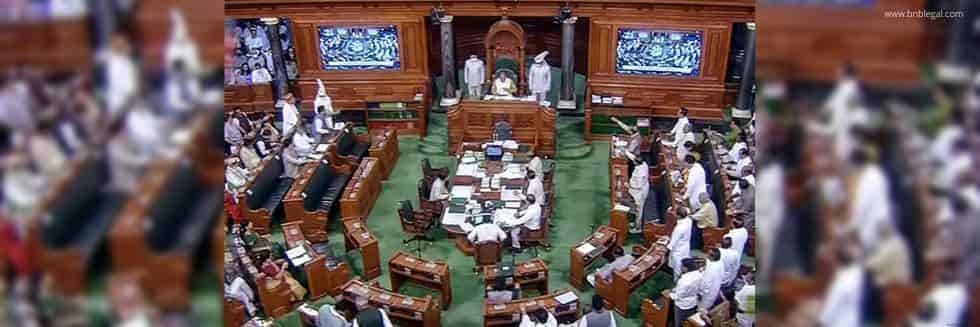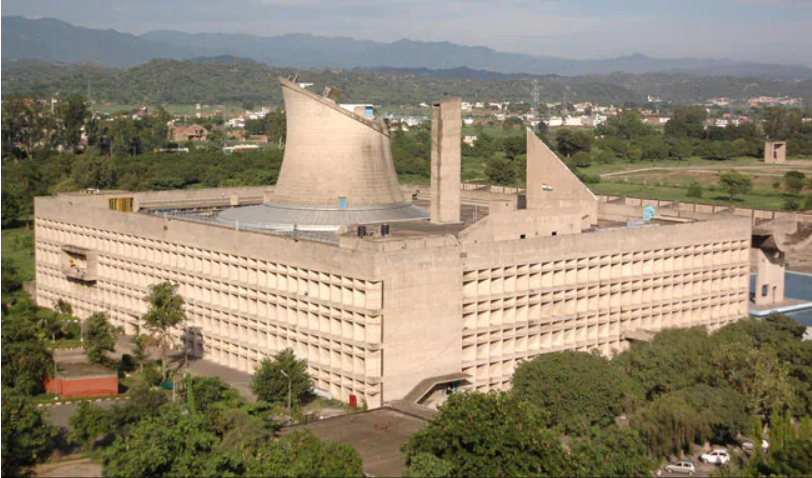UNION MINISTRY FOR JAL SHAKTI BEGINS MAPPING OF AQUIFERS SYSTEM OF THE COUNTRY TO ACCESS THE WATER AVAILABILITY
Groundwater resources are the lifeline of Indian agriculture and key to meeting the drinking water needs of a 1.35 billion strong population. It is a hidden treasure under our feet that can’t be seen but is of utmost importance in our lives. India is the largest extractor of groundwater resources. With increasing population and to meet the growing demands of water, groundwater extraction over the years has adversely affected the water regime in many parts of the country.
This has led to over-exploitation in several regions resulting in concomitant issues such as falling water tables. The critical state of groundwater resources in several regions is further exacerbated by rising anthropogenic contamination. However, on the flip side, there are several regions with under-exploitation of groundwater resources and scope for further development. This makes groundwater management a unique challenge that requires evidence-based interventions.
Accordingly, the working group for the XII plan on ‘Sustainable GroundWater Management’ highlighted the need for a comprehensive mapping of India’s aquifers or groundwater bearing horizons that would form the cornerstone of developing any groundwater management programme.
Also, scientific planning is undertaken for development of ground water under different hydrogeological situations and to evolve effective management practices with involvement of the community for better groundwater governance.
Consequently, the Ministry of Water Resources (Present Jal Shakti ministry) launched the National Aquifer Mapping and Management programme (NAQUIM) in 2012.
NAQUIM is the world’s largest programme for aquifer management, to support the effective management of groundwater resources in the country. It is focused on the scientific delineation of aquifers, mapping them, and multidisciplinary studies to quantify and evaluate issues to develop a viable water management strategy.
Aquifer mapping will enable robust groundwater management plans at the appropriate scale, and also devise and implement those plans for this common-pool resource.
NAQUIM is a pioneer programme for the scientific management of aquifers, where a large amount of data is being collected and analyzed. The 3-D aquifer models generated based on NAQUIM studies provide new information for more accurate assessment and management of groundwater resources. Aquifer maps and management plans developed under this programme are backed by rigorous field surveys by the professional hydrogeologists of the Central Ground Water Board. Apart from this, variegated fields of geological, geophysical, hydrological and multiple water quality surveys are followed for preparation of aquifer maps.
The concept of NAQUIM is not merely mapping, but reaching the goal – that of ground water management through community participation. The management plans are subject to a three-tier review including a review by a National Level Expert Committee (NLEC) before finalization. Potential areas for artificial recharge, suitable structures that can be constructed for harvesting water are indicated in the plans. Out of the total geographical area of nearly 33 lakh km2 of the entire country, an area of around 25 lakh km2 has been identified to be covered under the NAQUIM programme in phases.
More than 88% of the mappable area has already been covered under the aquifer mapping programme and the remaining area will be covered by March 2023. The programme provides the foundation for our community to scientifically manage and use our precious groundwater resources responsibly.
To facilitate effective dissemination of NAQUIM outputs, these outputs are being regularly shared with the state Government at various levels. Further, to improve outreach, Public Interaction Programmes (PIP) are being organized in different parts in which direct stakeholders participate.
Similarly, under the aegis of Rajiv Gandhi National Ground Water Training and Research Institute, Raipur, block level (tier III) training is also organized in which groundwater issues and water conservation-related aspects are imparted to direct groundwater users.
The studies completed so far have provided several new insights into groundwater scenarios and management alternatives. Evidence-based management interventions including supply and demand-side measures are recommended for containing over-exploitation in stressed aquifers.
Alternative contaminant-safe aquifers have been delineated in many areas, where groundwater contaminations have been reported. The studies show that large aquifer systems can be recharged in an integrated manner improving groundwater availability for irrigation over extensive areas.
While recharge augmentations have so far been the major tool of groundwater management in the country, NAQUIM studies have brought out that demand-side management has a more pronounced effect on improving groundwater scenario in comparison to supply-side interventions.
The scientific outputs of NAQUIM help in clear understanding of the occurrence of groundwater, how the water bearing formations are extending horizontally and vertically beneath the surface, quantification of water bearing capacity of different rocks and understanding of quality of groundwater in different horizons.
This detailed understanding of the precious natural resource that exists beneath the surface and is hidden from our eyes will help the administrators for better planning in their districts and states. Currently, the Ministry of Jal Shakti is planning to take up NAQUIM studies on a finer scale to handle specific localized issues.
These studies will focus on the critical areas facing groundwater issues and accordingly aim to provide pin-pointed solutions for the problems. Areas to be covered under this new phase of NAQUIM will be prioritized based on the extent of groundwater stress, groundwater contamination, and other critical issues.
In the long run and considering its noteworthy significance, NAQUIM will help in achieving drinking water security, improved irrigation facility and sustainability in water resources development in large parts of rural India, and many parts of urban India as well.
This way NAQUIM Programme aims to revolutionise the entire groundwater scenario of the country and will help in achieving sustainable management of the precious groundwater resources by bringing forth an accurate and comprehensive micro-level picture of groundwater in India.











